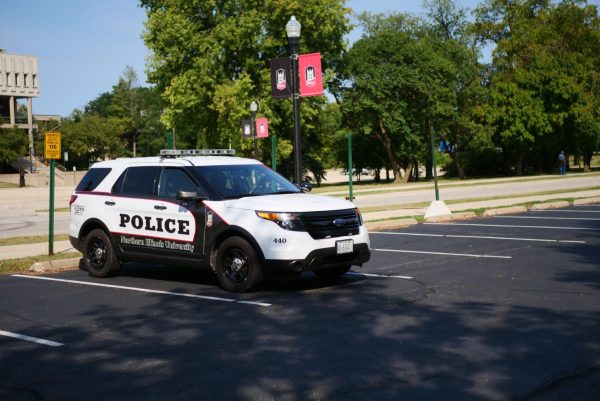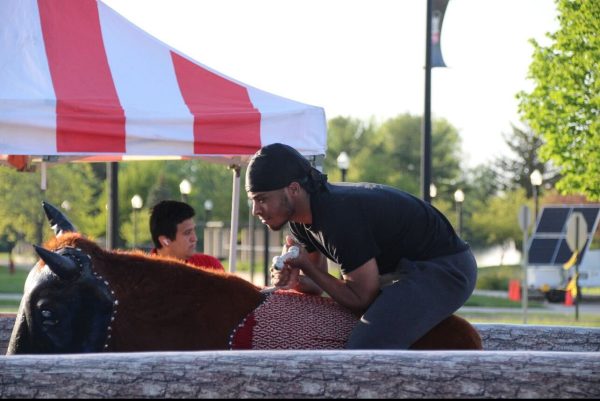Warming temperatures brews sever weather, NIU lucky in past
March 3, 2009
As spring arrives on the NIU campus, sunny days and warm temperature provide a welcomed relief from the onslaught of snow and freezing temperatures that have gripped the campus for most of the winter.
While the slow warming of the atmosphere may encourage more students to head outdoors, it can also create volatile weather patterns at times.
The students of Union University in Jackson, Tenn. discovered the extreme power of Mother Nature last spring when an EF-4 tornado, with winds estimated at 166-200 mph, tore through the campus. The storm struck in the darkness of the night, injuring 51 and trapping 13 students in their destroyed residence halls for nearly five hours.
Although strong tornadoes are rare in Illinois, weak tornadoes and strong radar rotation cause the National Weather Service to issue dozens of tornado warnings each year.
Gino Izzi, senior meteorologist at the National Weather Service in Romeoville, said the state averages 42 confirmed tornadoes each year.
“Last year was a pretty active year though,” Izzi said. “We had 50 confirmed tornadoes in 2008.”
Several of those tornadoes hit Chicago’s southern suburbs on June 7. Violent storms spawned multiple tornadoes in Kankakee, Will and Cook counties.
NIU staff meteorologist Gilbert Sebenste was chasing storms in southern Wisconsin that afternoon.
“I was driving back south, and it looked like a nuclear bomb was going off,” Sebenste said. “I thought it was going to be Plainfield all over again.”
Izzi said the last tornado to touch down in DeKalb County happened near Waterman in early May 2004.
The NIU campus has been spared from tornadic activity, but severe storms still pound the area several times each year.
“Students should pay attention for lightning as it is the biggest threat,” Sebenste said. “Flash flooding and straight-line winds can also be problems.”
Sebenste said the worst severe weather event to strike the campus happened on the first day of classes in August 1998.
A strong line of storms produced 70-80 mph winds that knocked over tents in the Martin Luther King Commons.
Ten students were injured by flying debris, including one student who was trapped under a fallen tent.
“The commons looked like a war zone by the time the storm passed,” Sebenste recalled.












